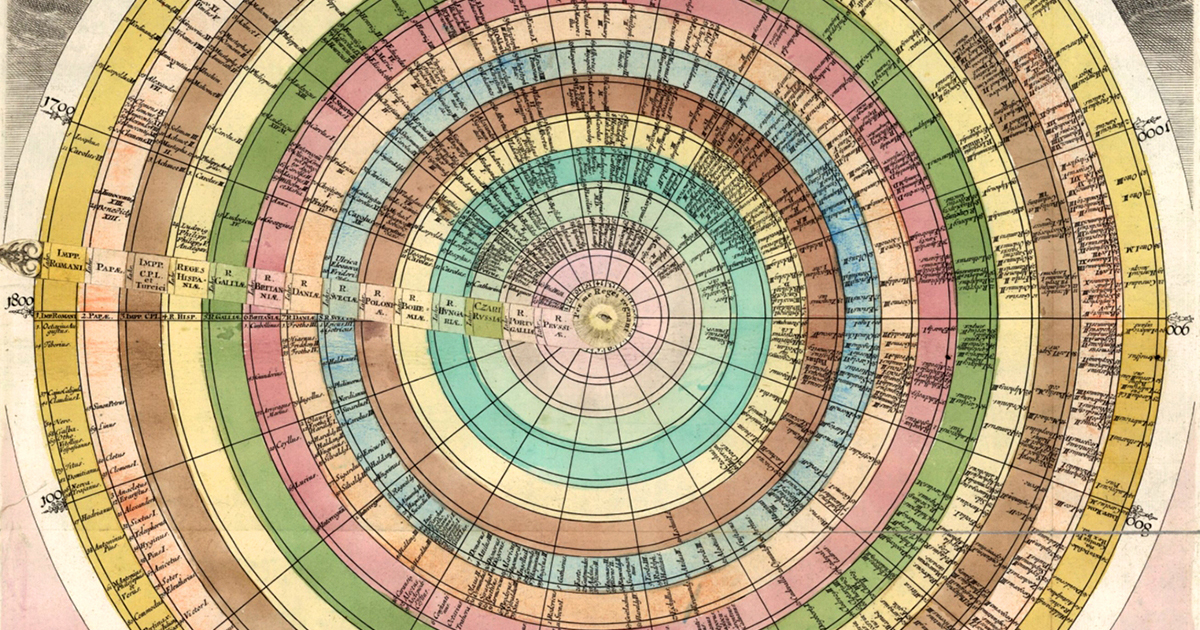Circular time vs. linear time - Austin Kleon
austinkleon.com
Circular time vs. linear time - Austin Kleon


But as many aboriginal cultures view it, time is more circular in pattern; not like the Western linear comprehension of time as past-present-future, but flexible to the individual at the centre of that “time-circle.”
The clock does not measure time; it produces it.
Thomas refers to the latter perspective as “the time-developmental model.”13 His larger point is that our approach to the development of anything must now embrace both models — both circle and arc (in a sense, both feminine and masculine), which together describe a spiral progression through space and time.
We experience time in a very different way from people immersed in flat schedules and story-less surfaces. In our spheres of existence, time does not go in a straight line, and it is as tangible as the ground we stand on.
The “clock time” that unites all the live flow systems, animate and inanimate, is measurable. The day–night period lasts 24 hours on all the watches, wall clocks, and bell towers. Yet, physical time is not mind time. The time that you perceive is not the same as the time perceived by another. Why? Because the young mind receives more images during
... See more“I want to think about time in a shared way,” Odell said. “What becomes possible collectively when you remove the grid, and stop thinking about it as little bits of time currency in each individual person’s time bank, and that all you can do is hoard it.”